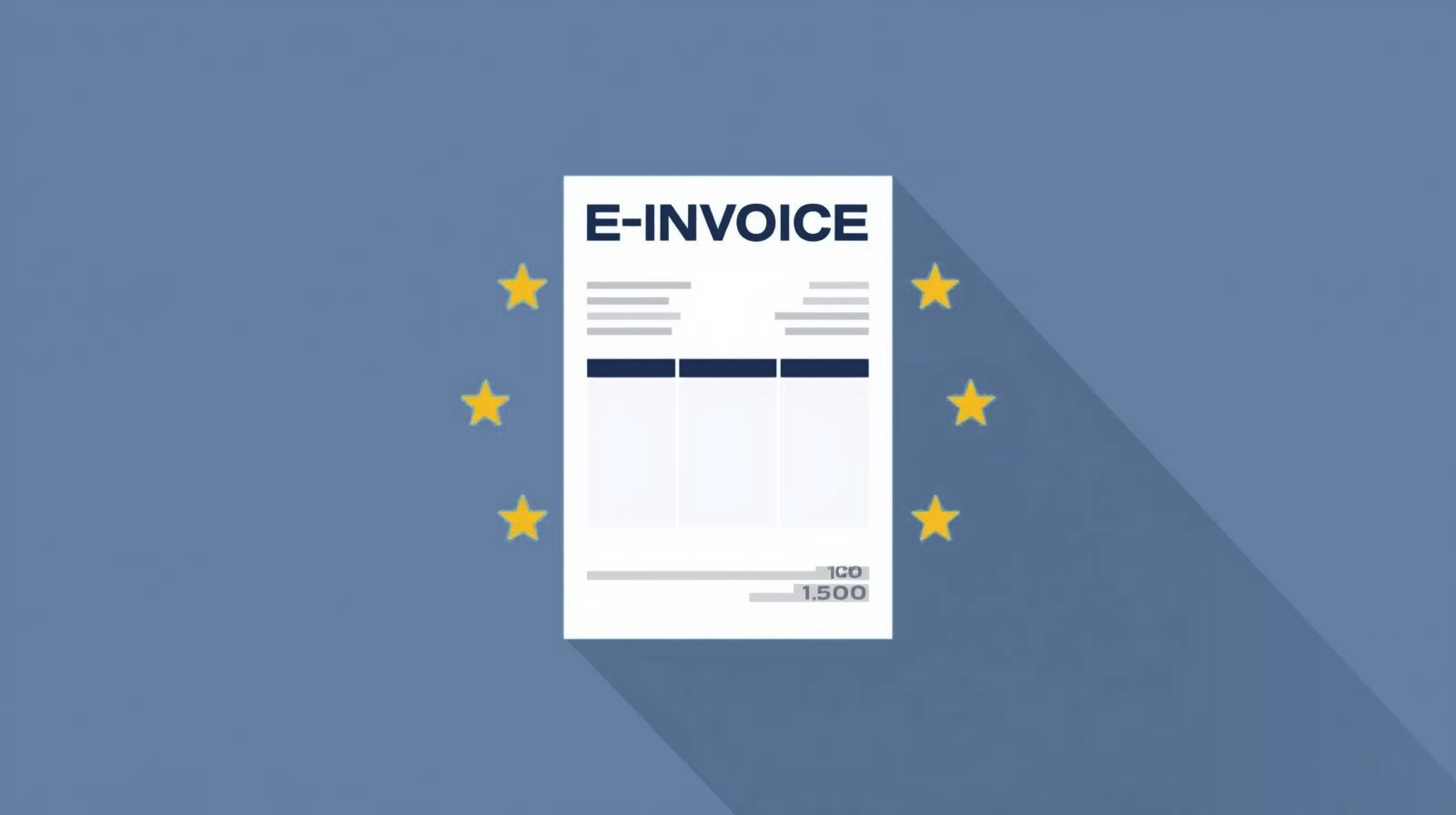Target and Have in double-entry bookkeeping refer to the left (debit) and right (credit) sides of an account. They are used for the systematic recording of business transactions and enable accounting according to the double entry principle - every business transaction is recorded twice: in the debit side of one account and in the credit side of another.

Basic rule: Target: Where the money goes - Have: Where the money comes from.
Difference to everyday language: The terms should not be confused with "credit" or "debt" as used on account statements. Their meaning is purely accounting-related and depends on the type of account concerned.
Typical effects in SAP Business One:
- For an incoming payment entry: Bank account in debit, Debtor account in credit.
- Account balances (balance) are updated continuously and displayed in the defined currency.
Significance in account management:
- Active balance sheet accounts (e.g. cash register, bank): Access in the Target, finish in Have; generallyR. Debit balance.
- Liability balance sheet accounts (e.g. loans, liabilities): Additions in Have, finish in Target; generallyR. Credit balance.
- Expense accountsIncrease in Target; Closing via the P&L account with debit balance.
- Revenue accountsIncrease in Have; Closing via the P&L account with credit balance.
Booking record: The classic accounting record reads: Debit account to credit account. Both amounts are identical and ensure balance sheet equality.
Balance formation:
- Debit balance: If the total of debit postings is greater than the total of credit postings.
- Credit balance: If the total of credit postings predominates.
Example: A customer pays €1,000 into the bank account. The following entry is made in SAP Business One:
- Bank account (active account) → Target 1.000 €
- Debtor account (active account) → Have 1.000 €
Versino Financial Suite
the Versino Financial Suite supports double-entry bookkeeping with debits and credits in SAP Business One with automated, rule-compliant postings, clear analyses in the Financial Cockpit and audit-proof archiving.

Verifactu in Spain: the new invoicing obligation

The e-invoicing regulations in Europe

Versino Financial Suite V09.2025 for SAP Business One

Accounting outsourcing: Why it pays off for SMEs

CANDIS for SAP Business One
